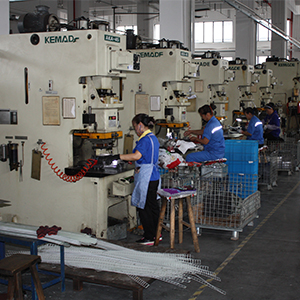Control and protection switches are critical components in electrical systems, designed to protect equipment from overloads, short circuits, and other electrical anomalies. However, despite their importance, these switches can sometimes fail, causing serious operational disruptions and safety hazards. Understanding the causes of such failures is critical for manufacturers, engineers, and maintenance personnel to improve the reliability of electrical systems. In this article, we’ll explore the three main reasons why control and protection switches fail, drawing on insights from Yuye Electrical Co., Ltd., a leading manufacturer in the electrical industry.
One of the main causes of control protection switch failure is inadequate design and manufacturing quality. The design stage is critical because it determines the switch’s ability to handle a variety of electrical loads and environmental conditions. If the design does not take into account the specific requirements of the application, the switch may not operate as expected. For example, if the switch is designed for a lower rated voltage but is subjected to a higher voltage, it may cause insulation breakdown and ultimately failure. Yuye Electrical Co., Ltd. emphasizes the importance of rigorous testing and quality assurance during the manufacturing process to ensure that its control protection switches meet industry standards and can withstand the demands of real-world applications. By investing in advanced design techniques and quality control measures, manufacturers can significantly reduce the risk of failure.
Another key factor that can cause control protection switch failures is environmental stress. These switches are often installed in harsh conditions, including extreme temperatures, humidity, dust, and corrosive substances. These environmental factors can cause the physical properties of the switch components to degrade, affecting their performance and reliability. For example, moisture intrusion can cause corrosion of internal contacts, which can lead to increased resistance and eventual failure. Yuye Electric Co., Ltd. recognizes the importance of designing switches that can withstand harsh environmental conditions. They utilize materials and coatings to increase the durability of their products, ensuring that they can operate effectively in a variety of environments. In addition, proper installation and regular maintenance are essential to mitigating the effects of environmental stress on control protection switches.
The third cause of control protection switch failure is improper installation and maintenance. Even the highest quality switches can fail if they are not installed correctly or maintained regularly. Common installation errors include improper wiring, insufficient tightening of connections, and failure to follow manufacturer guidelines. These errors can lead to overheating, arcing, and ultimately switch failure. In addition, neglecting routine maintenance can exacerbate existing problems, such as dust accumulation or component wear. Yuye Electrical Co., Ltd. advocates for comprehensive training programs for technicians and engineers to ensure they are proficient in proper installation and maintenance procedures. By cultivating a culture of safety and diligence, organizations can greatly reduce the likelihood of control protection switch failures.
Understanding the causes of control and protection switch failures is critical to ensuring the reliability and safety of electrical systems. Inadequate design and manufacturing quality, environmental stress, and improper installation and maintenance practices are three of the main causes of these failures. Yuye Electrical Co., Ltd. is a model of the electrical industry’s commitment to quality and reliability, emphasizing the importance of robust design, environmental resilience, and proper installation practices. By addressing these factors, manufacturers and users alike can improve the performance of control and protection switches, ultimately achieving safer and more efficient electrical systems. As the industry continues to evolve, continued research and development is essential to mitigate the risks associated with control and protection switch failures, ensuring that these critical components effectively perform their intended purpose.

 PC Automatic transfer switch YES1-32N
PC Automatic transfer switch YES1-32N PC Automatic transfer switch YES1-125N
PC Automatic transfer switch YES1-125N PC Automatic transfer switch YES1-400N
PC Automatic transfer switch YES1-400N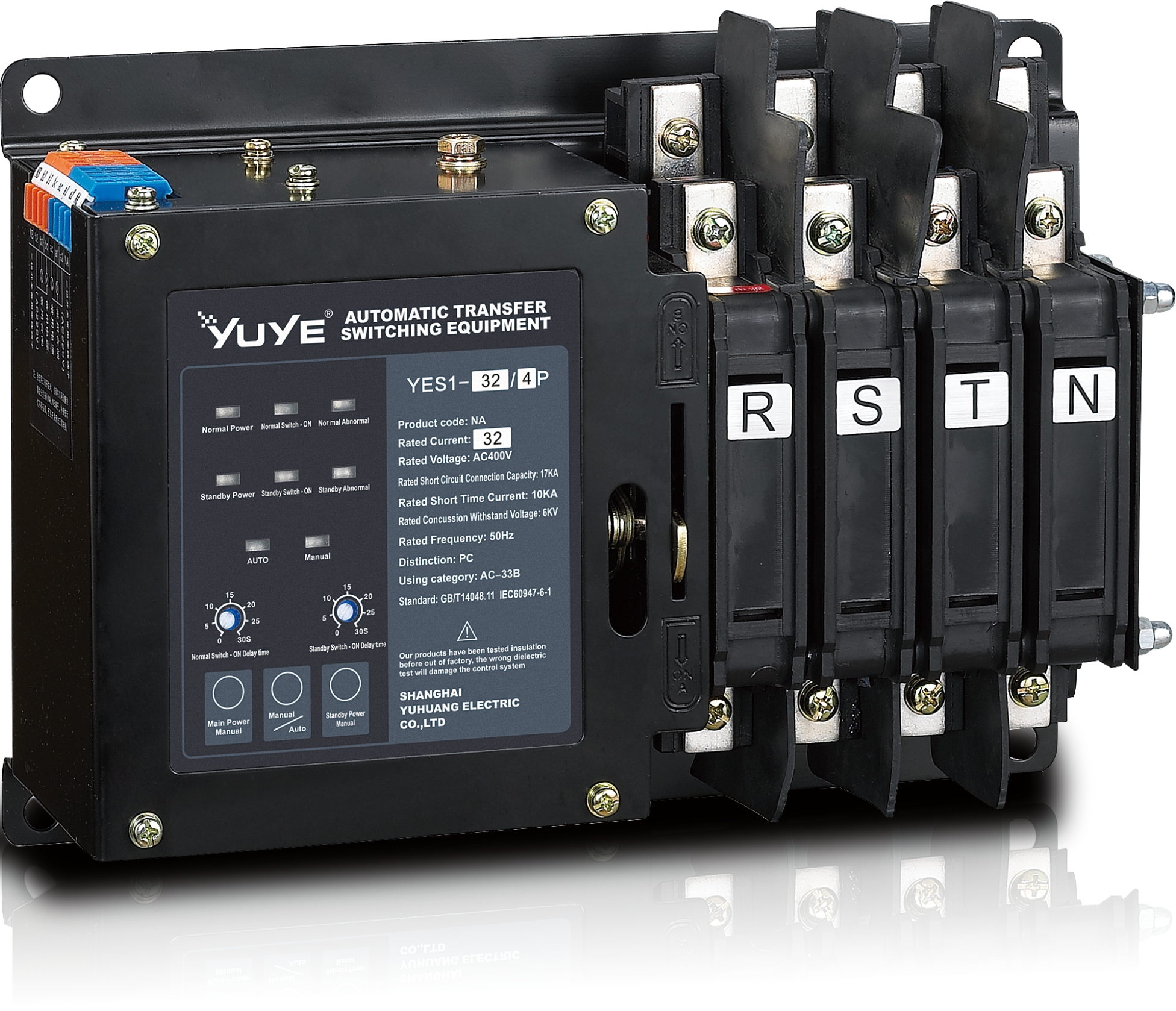 PC Automatic transfer switch YES1-32NA
PC Automatic transfer switch YES1-32NA PC Automatic transfer switch YES1-125NA
PC Automatic transfer switch YES1-125NA PC Automatic transfer switch YES1-400NA
PC Automatic transfer switch YES1-400NA PC Automatic transfer switch YES1-100G
PC Automatic transfer switch YES1-100G PC Automatic transfer switch YES1-250G
PC Automatic transfer switch YES1-250G PC Automatic transfer switch YES1-630G
PC Automatic transfer switch YES1-630G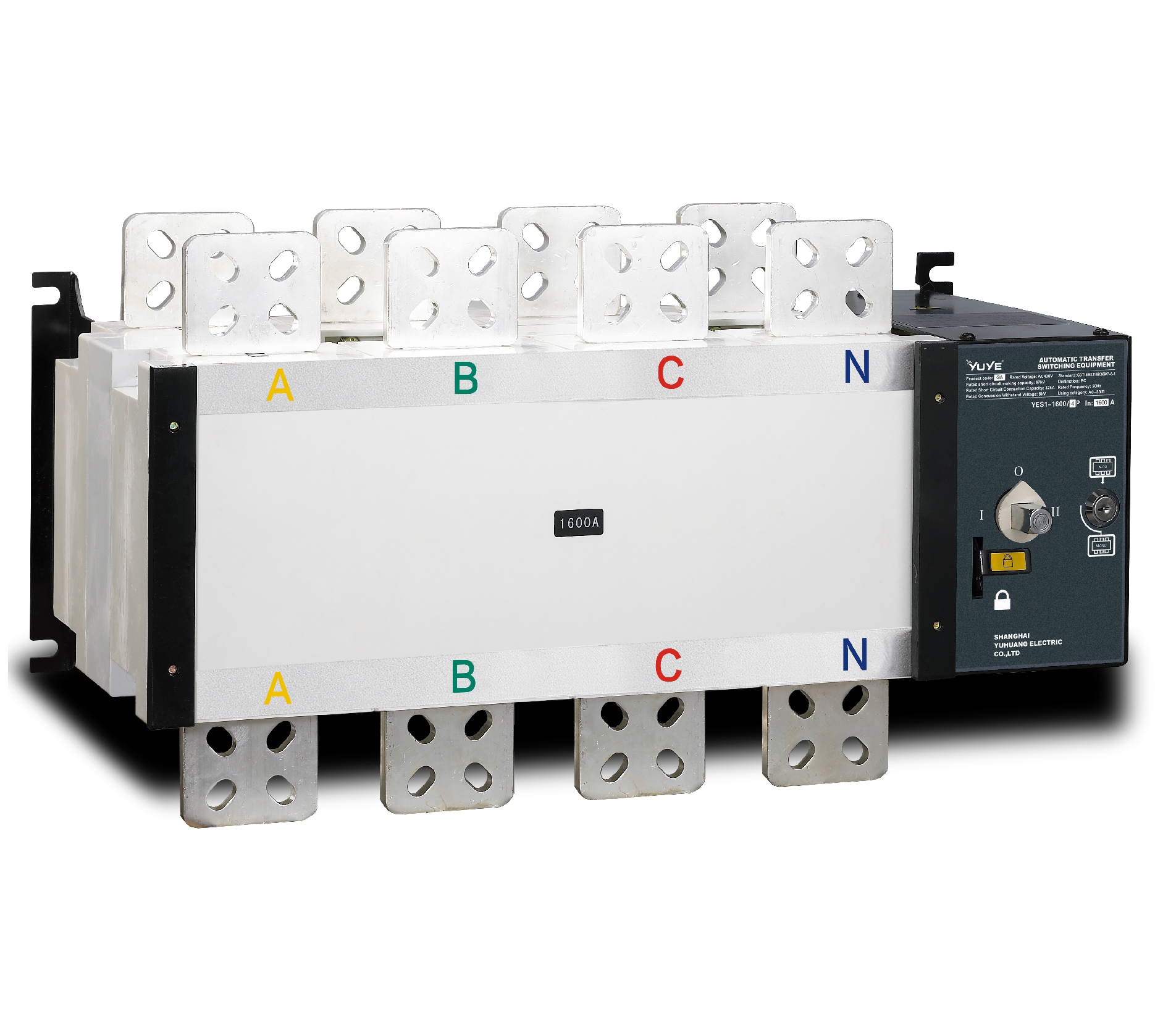 PC Automatic transfer switch YES1-1600G
PC Automatic transfer switch YES1-1600G PC Automatic transfer switch YES1-32C
PC Automatic transfer switch YES1-32C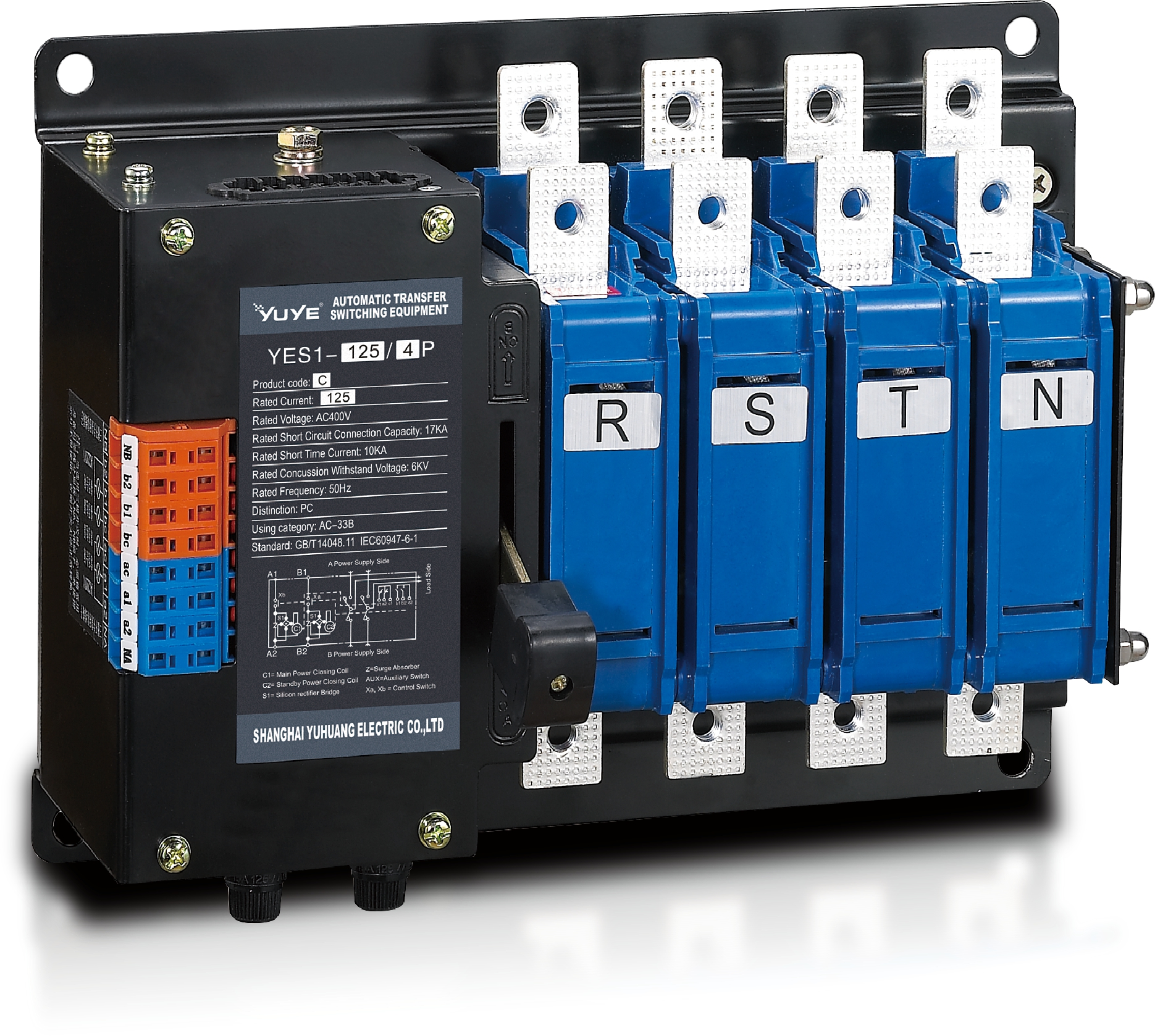 PC Automatic transfer switch YES1-125C
PC Automatic transfer switch YES1-125C PC Automatic transfer switch YES1-400C
PC Automatic transfer switch YES1-400C PC Automatic transfer switch YES1-125-SA
PC Automatic transfer switch YES1-125-SA PC Automatic transfer switch YES1-1600M
PC Automatic transfer switch YES1-1600M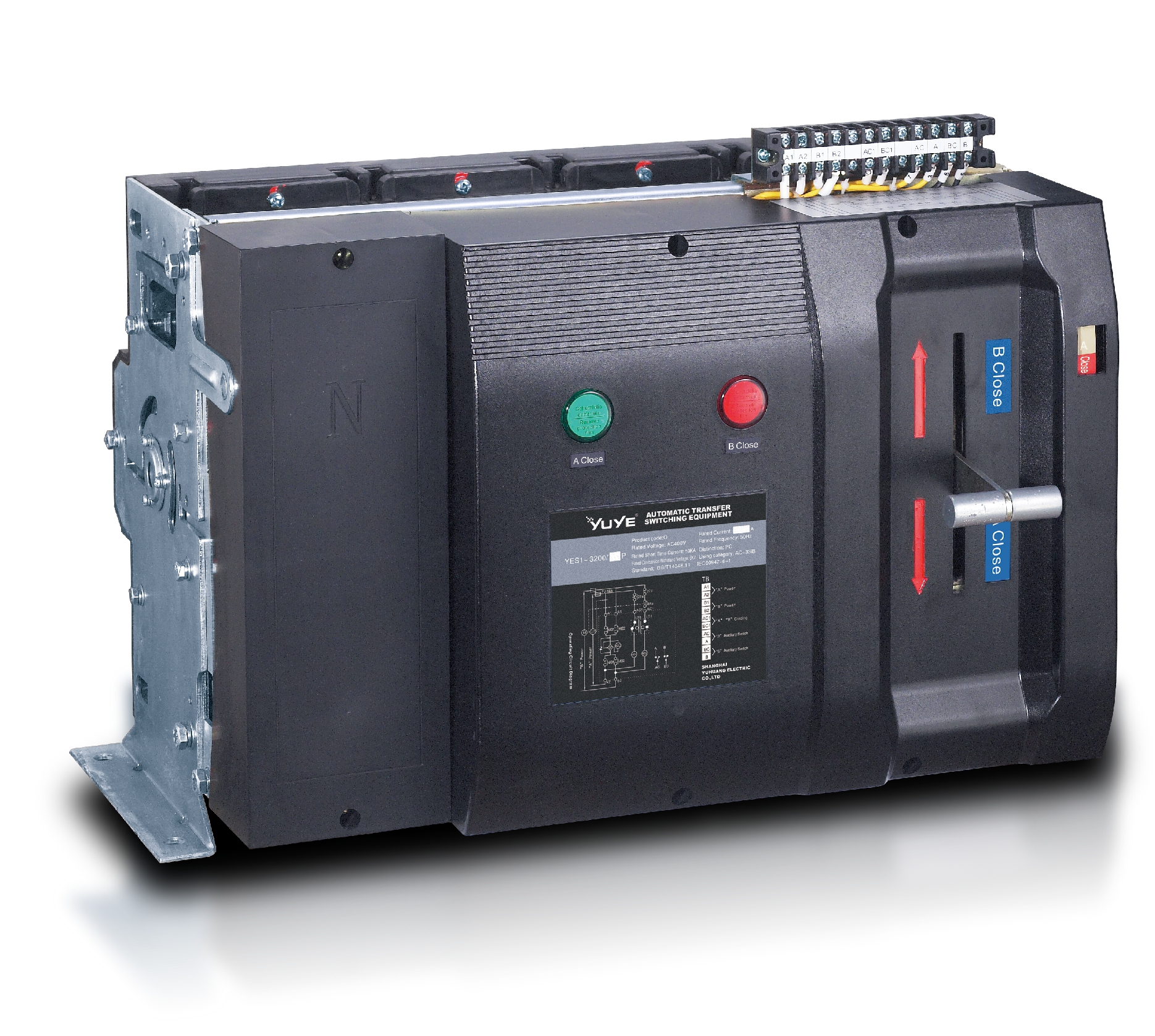 PC Automatic transfer switch YES1-3200Q
PC Automatic transfer switch YES1-3200Q CB Automatic transfer switch YEQ1-63J
CB Automatic transfer switch YEQ1-63J CB Automatic transfer switch YEQ3-63W1
CB Automatic transfer switch YEQ3-63W1 CB Automatic transfer switch YEQ3-125
CB Automatic transfer switch YEQ3-125 Air Circuit Breaker YUW1-2000/3P Fixed
Air Circuit Breaker YUW1-2000/3P Fixed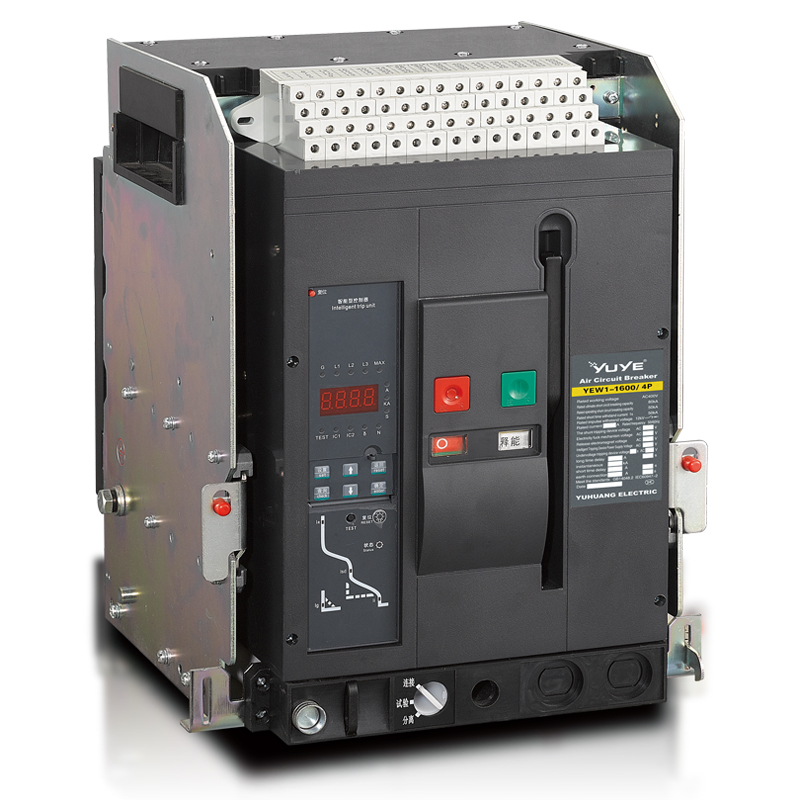 Air Circuit Breaker YUW1-2000/3P Drawer
Air Circuit Breaker YUW1-2000/3P Drawer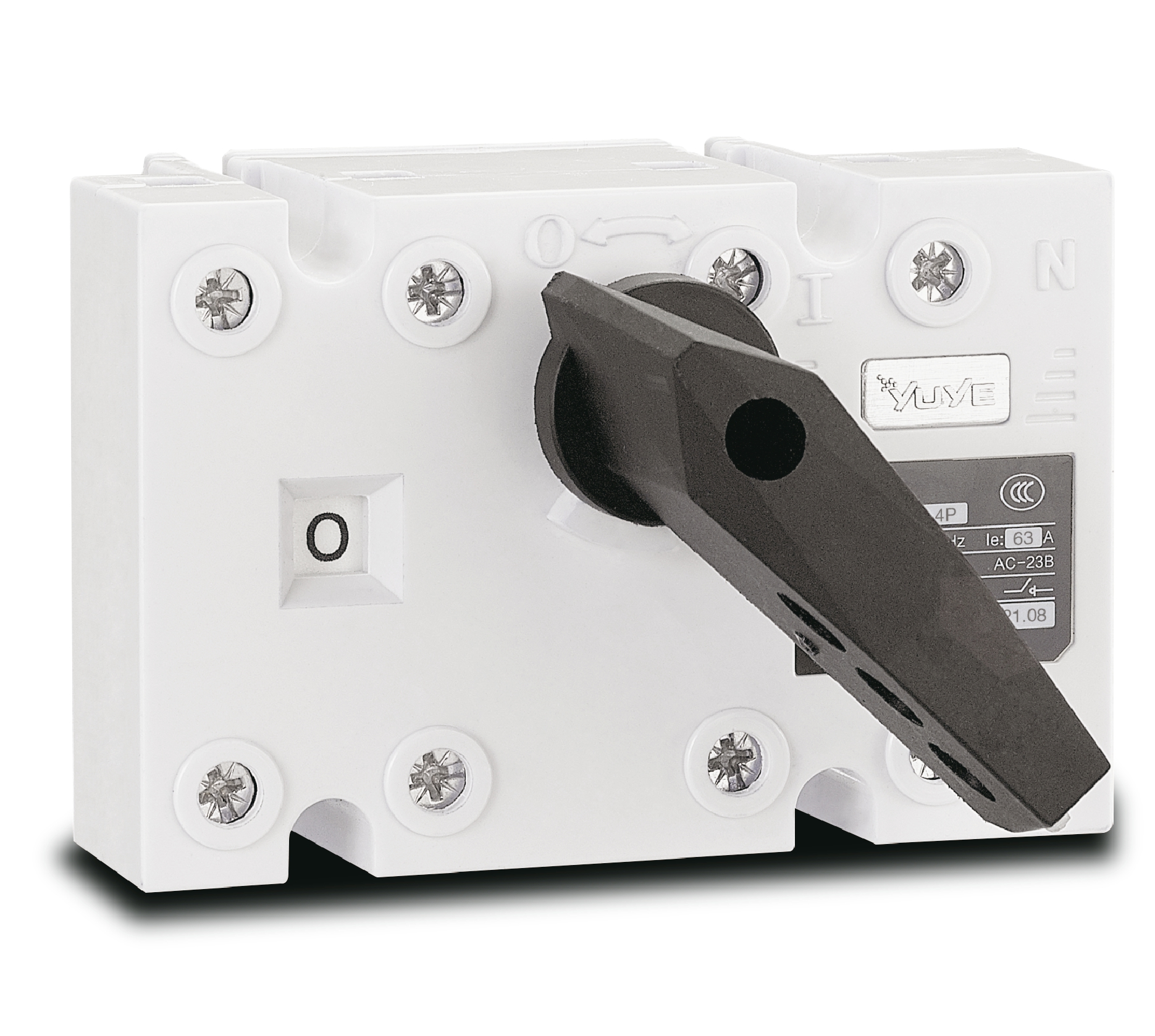 Load isolation switch YGL-63
Load isolation switch YGL-63 Load isolation switch YGL-250
Load isolation switch YGL-250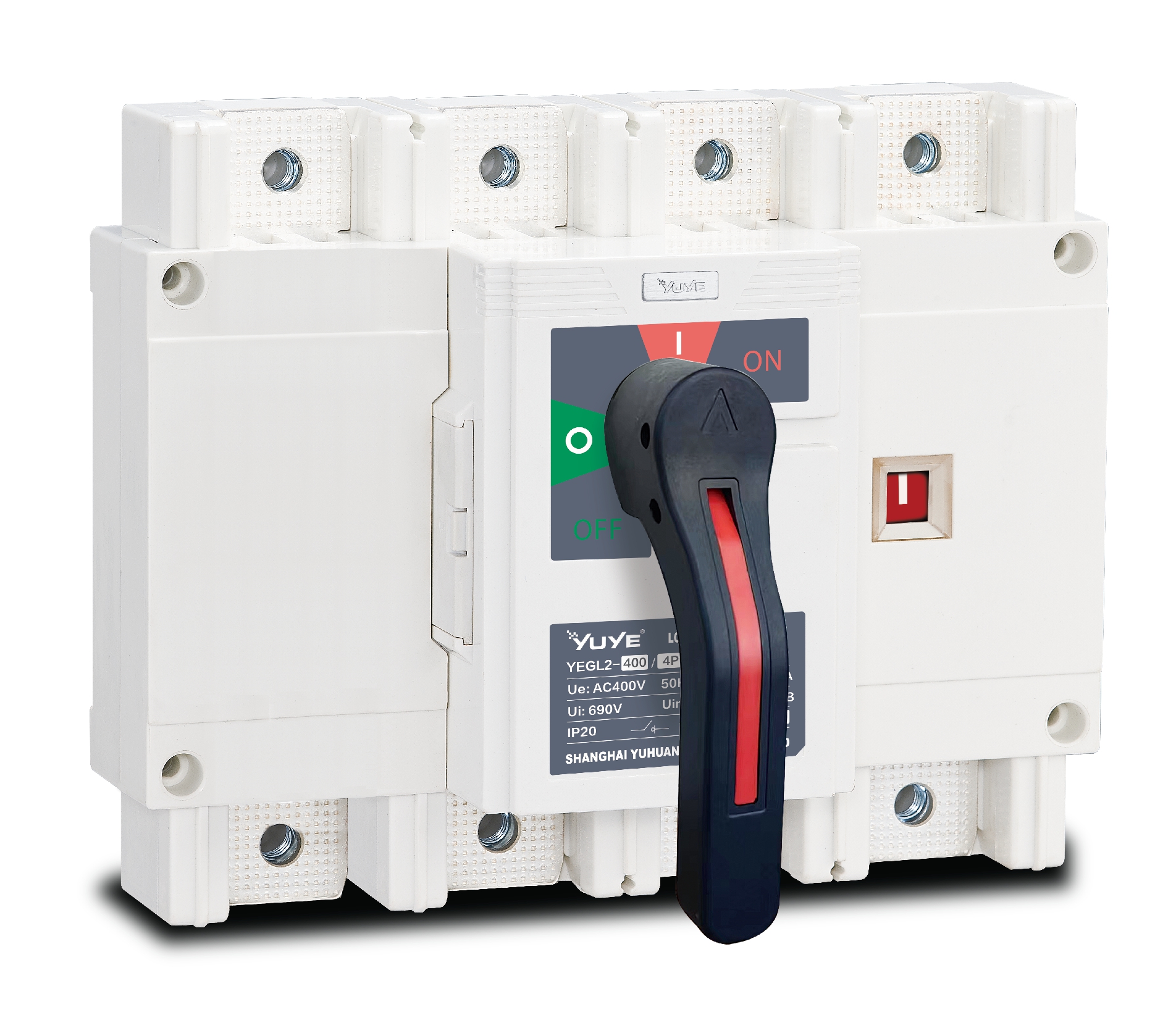 Load isolation switch YGL-400(630)
Load isolation switch YGL-400(630) Load isolation switch YGL-1600
Load isolation switch YGL-1600 Load isolation switch YGLZ-160
Load isolation switch YGLZ-160 ATS switch Cabinet floor-to-ceiling
ATS switch Cabinet floor-to-ceiling ATS switch cabinet
ATS switch cabinet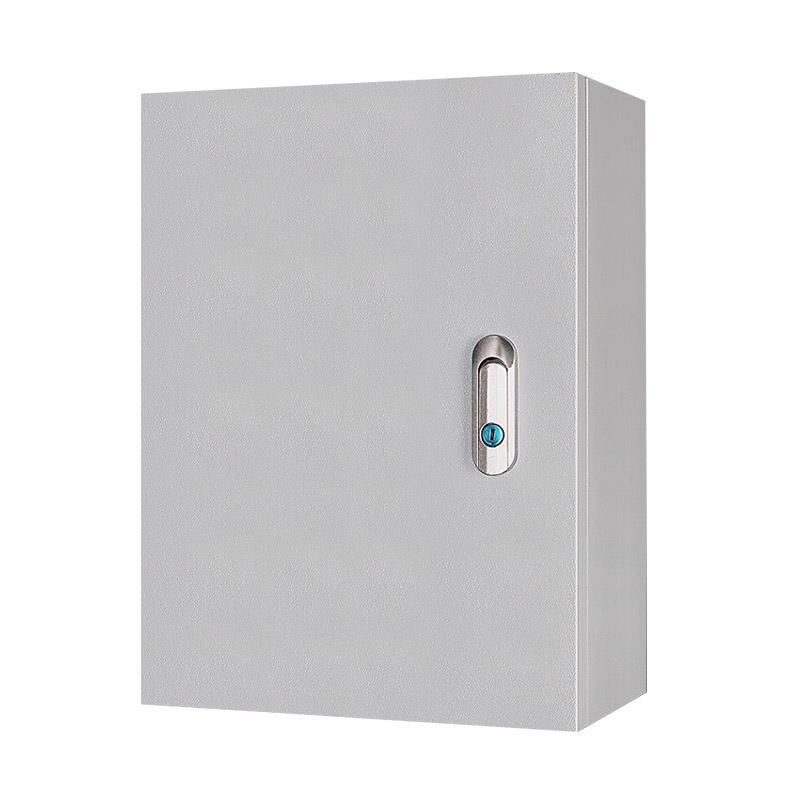 JXF-225A power Cbinet
JXF-225A power Cbinet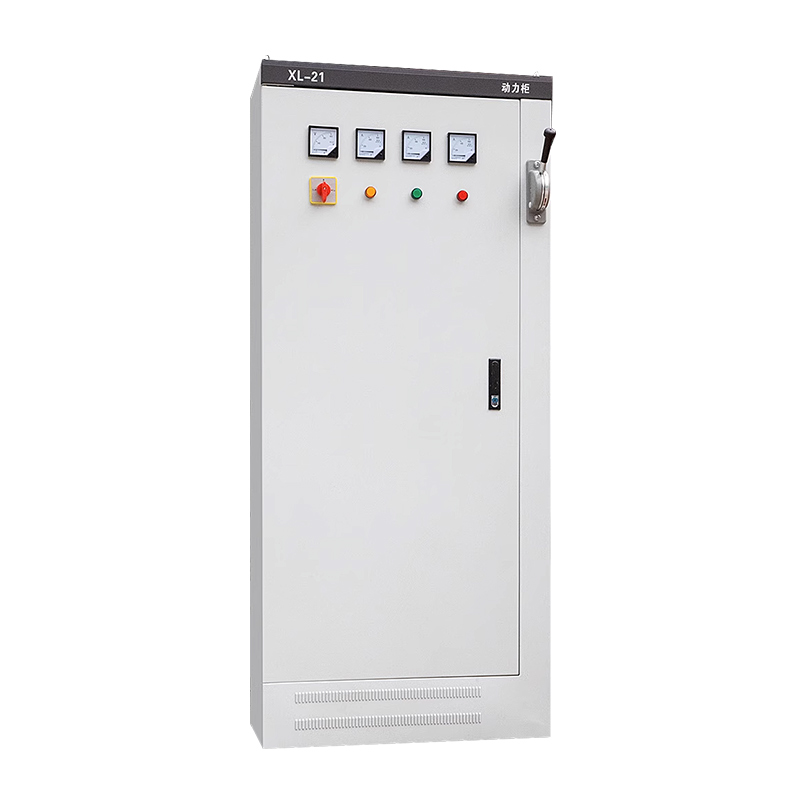 JXF-800A power Cbinet
JXF-800A power Cbinet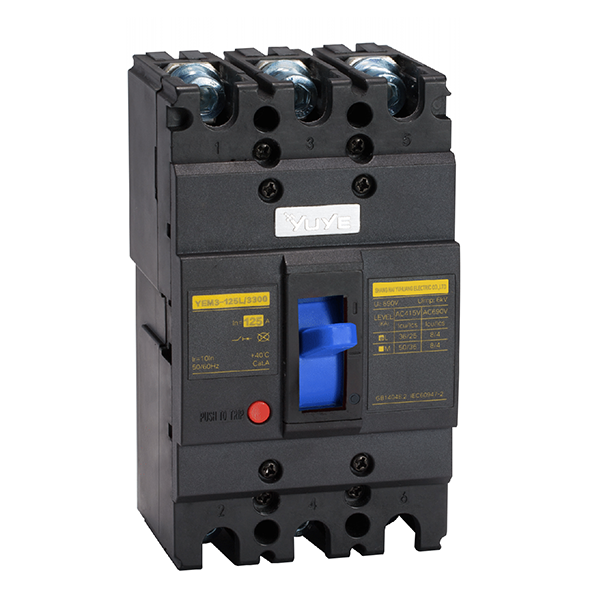 Molded case circuit breake YEM3-125/3P
Molded case circuit breake YEM3-125/3P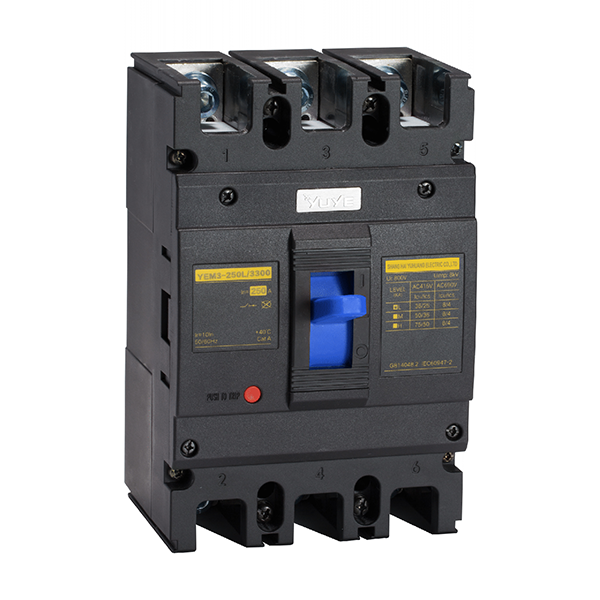 Molded case circuit breake YEM3-250/3P
Molded case circuit breake YEM3-250/3P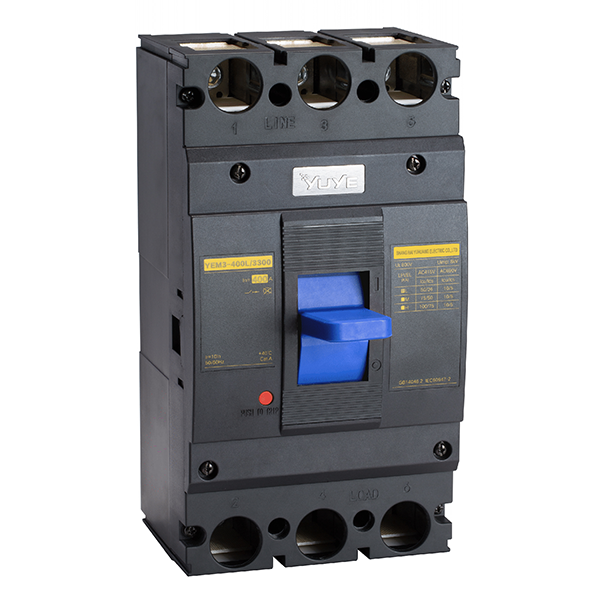 Molded case circuit breake YEM3-400/3P
Molded case circuit breake YEM3-400/3P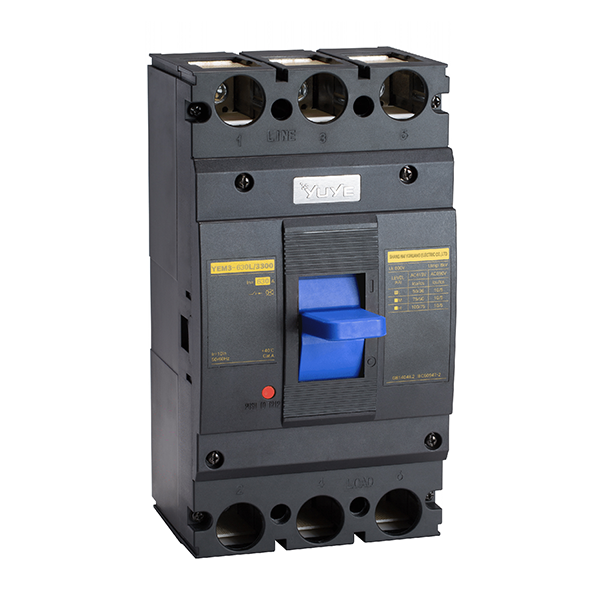 Molded case circuit breake YEM3-630/3P
Molded case circuit breake YEM3-630/3P Molded case circuit breaker YEM1-63/3P
Molded case circuit breaker YEM1-63/3P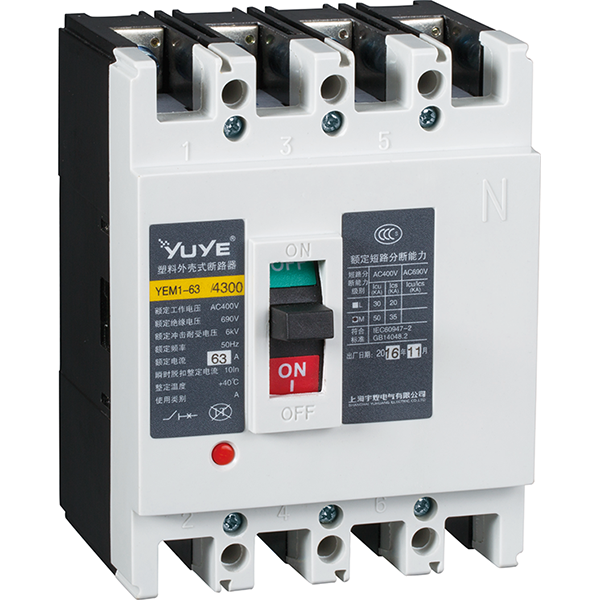 Molded case circuit breaker YEM1-63/4P
Molded case circuit breaker YEM1-63/4P Molded case circuit breaker YEM1-100/3P
Molded case circuit breaker YEM1-100/3P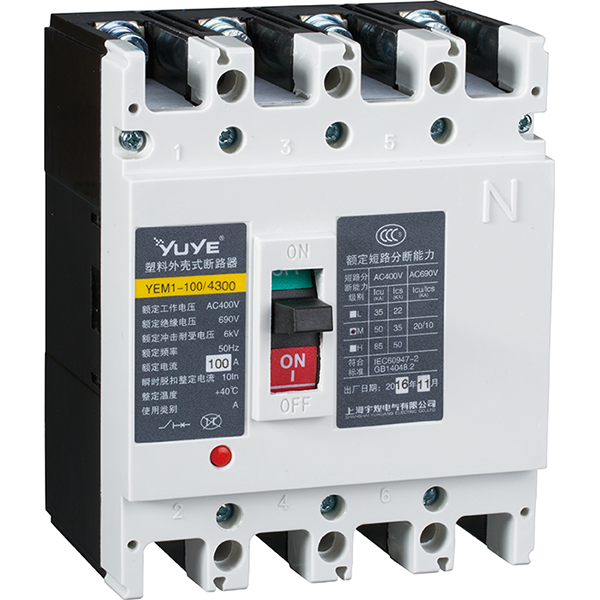 Molded case circuit breaker YEM1-100/4P
Molded case circuit breaker YEM1-100/4P Molded case circuit breaker YEM1-225/3P
Molded case circuit breaker YEM1-225/3P Molded case circuit breaker YEM1-400/3P
Molded case circuit breaker YEM1-400/3P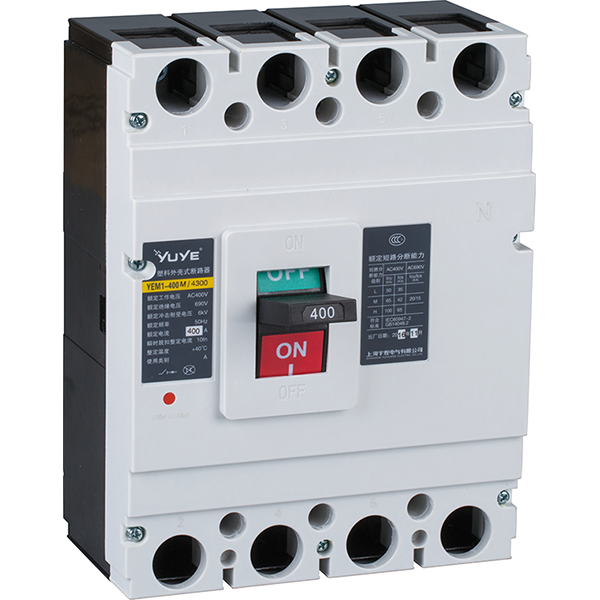 Molded case circuit breaker YEM1-400/4P
Molded case circuit breaker YEM1-400/4P Molded case circuit breaker YEM1-630/3P
Molded case circuit breaker YEM1-630/3P Molded case circuit breaker YEM1-630/4P
Molded case circuit breaker YEM1-630/4P Molded case circuit breaker YEM1-800/3P
Molded case circuit breaker YEM1-800/3P Molded case circuit breaker YEM1-800/4P
Molded case circuit breaker YEM1-800/4P Mold case circuit breaker YEM1E-100
Mold case circuit breaker YEM1E-100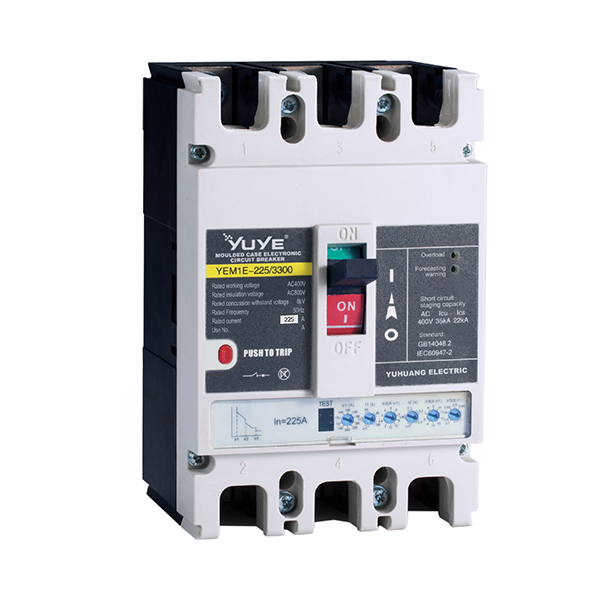 Molded case circuit breaker YEM1E-225
Molded case circuit breaker YEM1E-225 Molded case circuit breaker YEM1E-400
Molded case circuit breaker YEM1E-400 Molded case circuit breaker YEM1E-630
Molded case circuit breaker YEM1E-630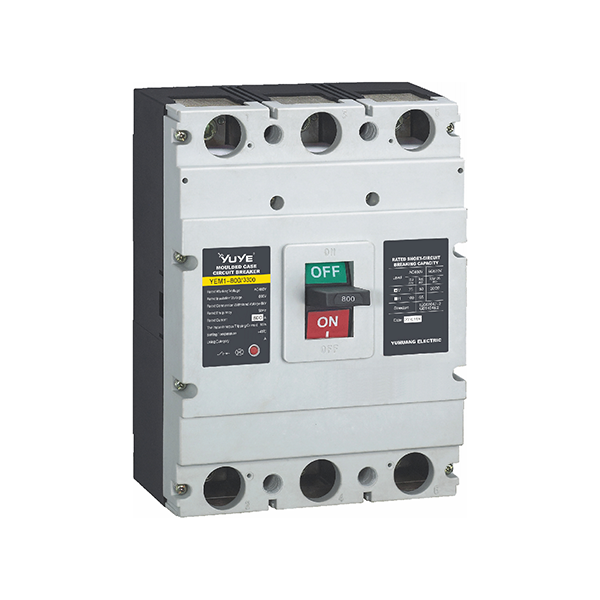 Mold case circuit breaker-YEM1E-800
Mold case circuit breaker-YEM1E-800 Molded case circuit breaker YEM1L-100
Molded case circuit breaker YEM1L-100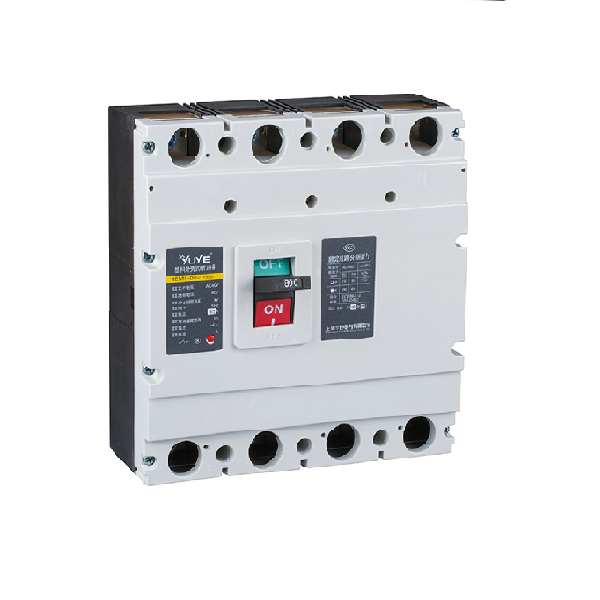 Molded case circuit breaker YEM1L-225
Molded case circuit breaker YEM1L-225 Mold case circuit breaker YEM1L-400
Mold case circuit breaker YEM1L-400 Molded case circuit breaker YEM1L-630
Molded case circuit breaker YEM1L-630 Miniature circuit breaker YUB1-63/1P
Miniature circuit breaker YUB1-63/1P Miniature circuit breaker YUB1-63/2P
Miniature circuit breaker YUB1-63/2P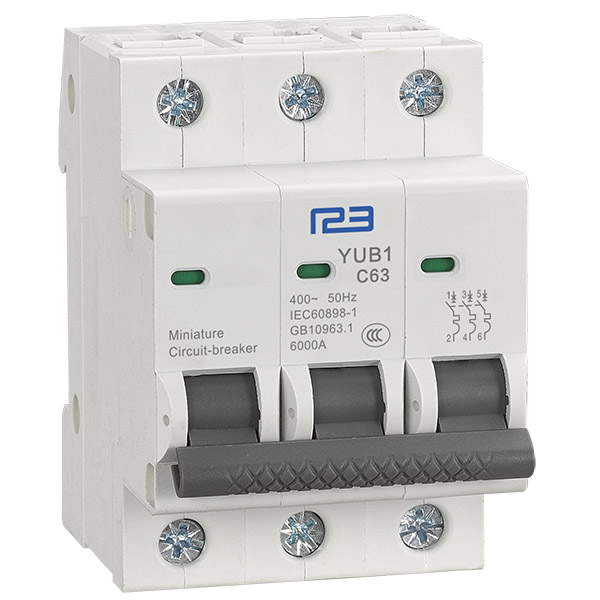 Miniature circuit breaker YUB1-63/3P
Miniature circuit breaker YUB1-63/3P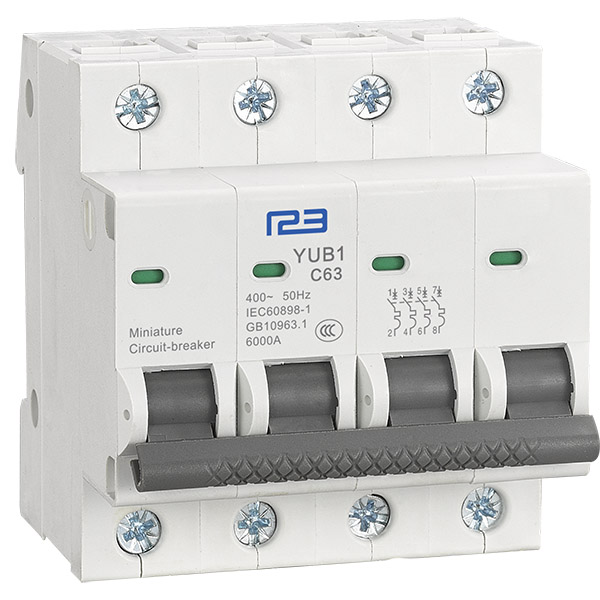 Miniature circuit breaker YUB1-63/4P
Miniature circuit breaker YUB1-63/4P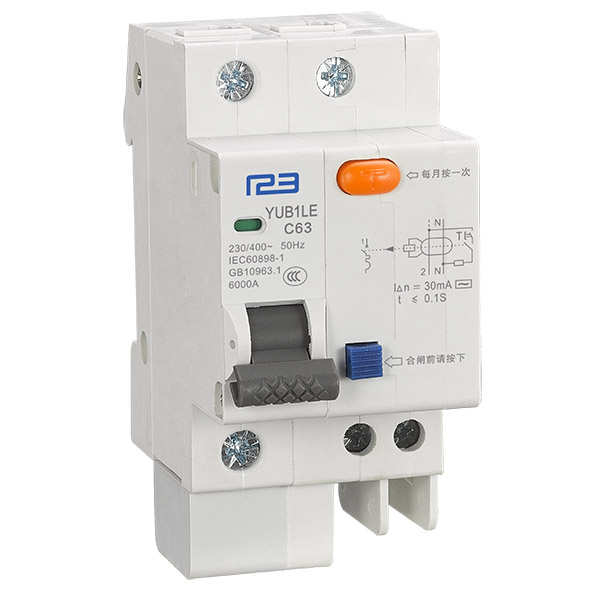 Miniature circuit breaker YUB1LE-63/1P
Miniature circuit breaker YUB1LE-63/1P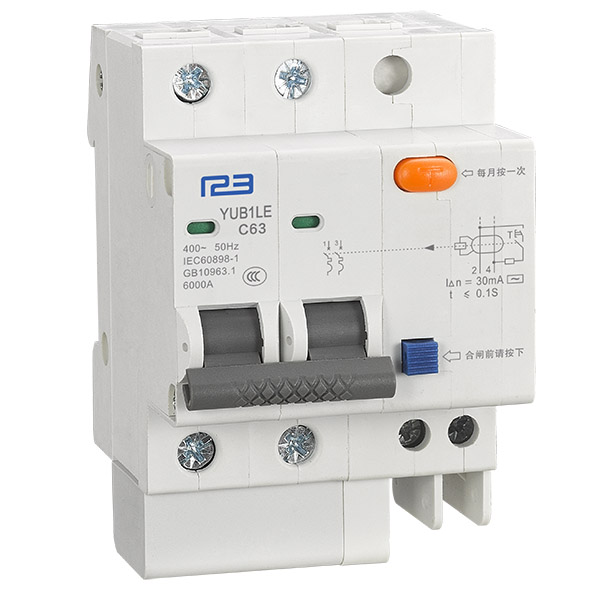 Miniature circuit breaker YUB1LE-63/2P
Miniature circuit breaker YUB1LE-63/2P Miniature circuit breaker YUB1LE-63/3P
Miniature circuit breaker YUB1LE-63/3P Miniature circuit breaker YUB1LE-63/4P
Miniature circuit breaker YUB1LE-63/4P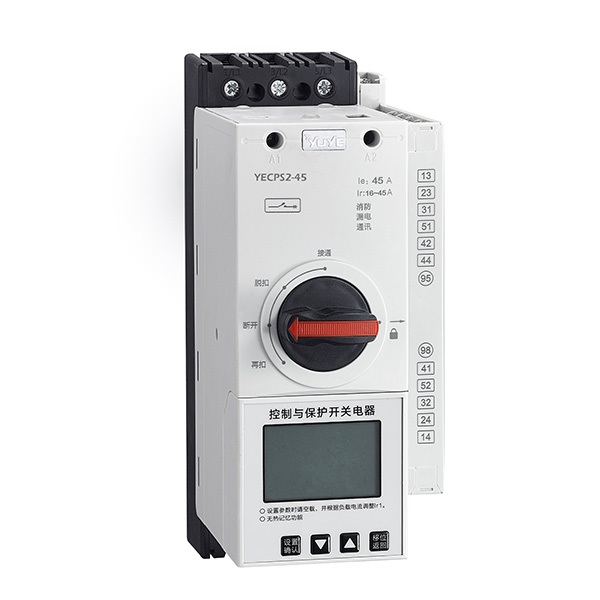 YECPS-45 LCD
YECPS-45 LCD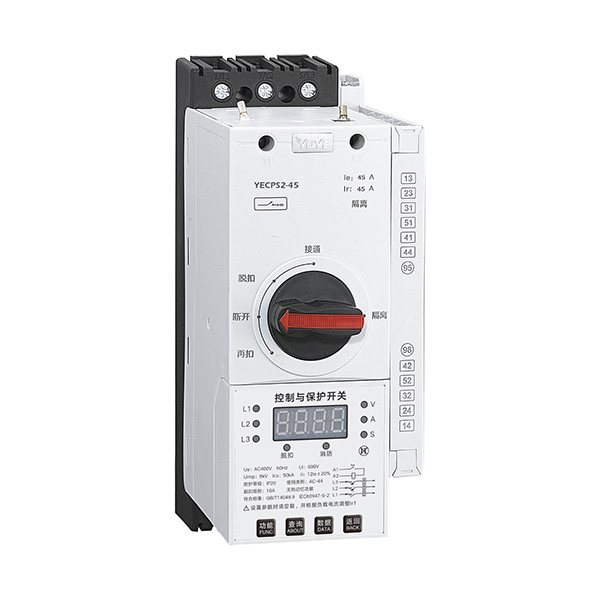 YECPS-45 Digital
YECPS-45 Digital DC Automatic transfer switch YES1-63NZ
DC Automatic transfer switch YES1-63NZ DC Plastic shell type circuit breaker YEM3D
DC Plastic shell type circuit breaker YEM3D PC/CB Grade ATS Controller
PC/CB Grade ATS Controller
